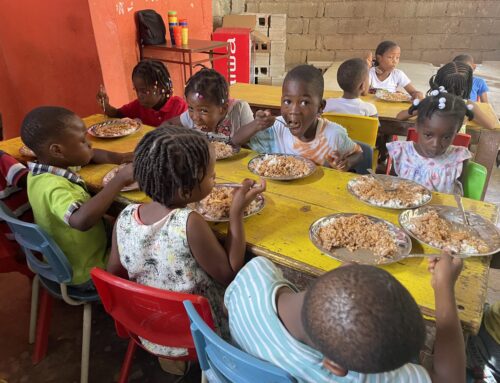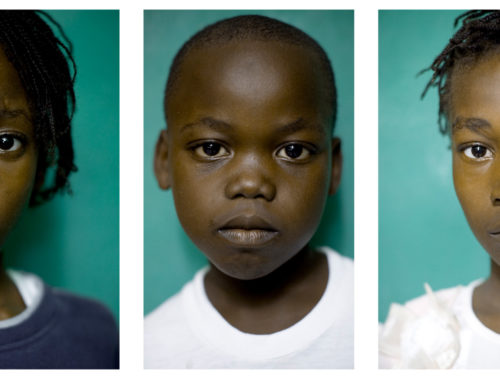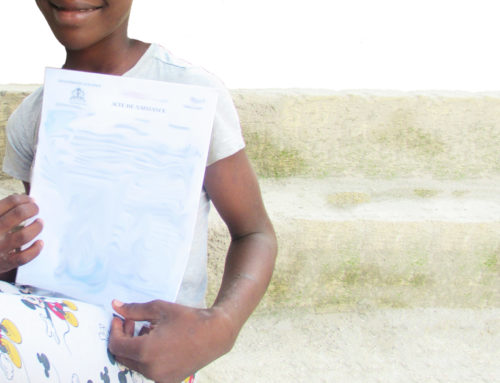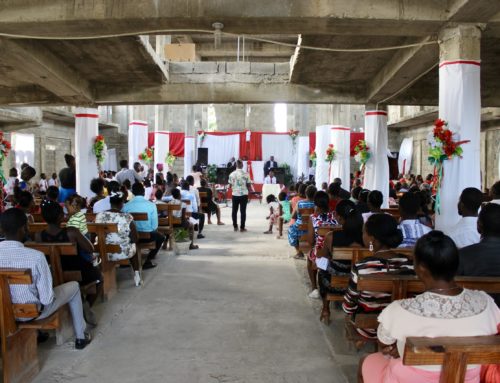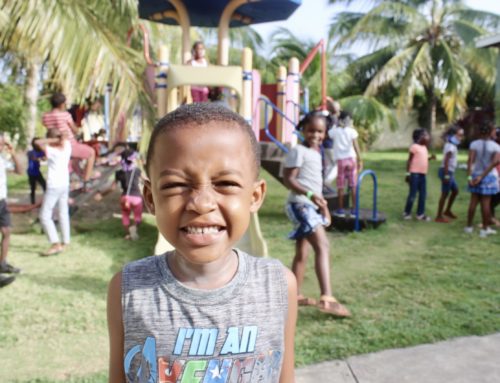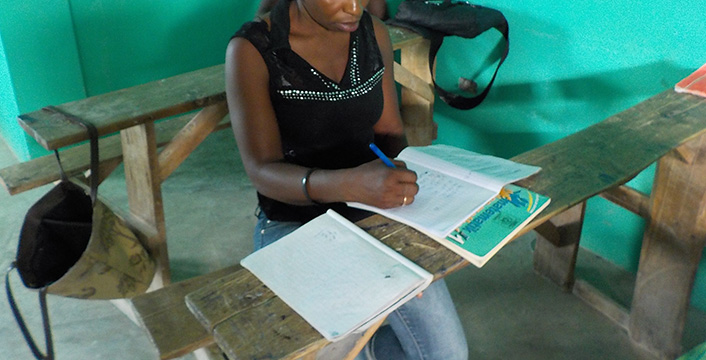
If you ever find yourself in the country of Haiti, strolling the streets of Port-au-Prince or Cap-Haïtien, you may be greeted with the phrase “Bonjou” or “Alo,” both common greetings in Haitian Creole. Haitian Creole is the main language spoken throughout the country of Haiti. This language is similar to French-based Creole, but with other influences from Spanish, English, Portuguese, Taíno, and West African languages.
Keep reading to learn more about how this unique language came into existence and how you can partner with those who speak it to bring freedom and social justice to the nation of Haiti.
History of Haitian Creole
Before the French colonists arrived on the island of Hispaniola in the 17th century, Taino was the main language of Haiti as well as the rest of the Caribbean Islands. As the Haitian natives began to mingle with the slave dealers and settlers, the language of Haitian Creole began to develop. The first documented written text in Haitian Creole, a poem, appeared in 1757. However, it wasn’t until the mid-19th century that attempts were made by President Élie Lescot to standardize the language, which was made an official Haitian language (next to French) in the Constitution of 1987.
Modern Day Usage
Although both French and Haitian Creole are official languages in Haiti, French is seen as an upper class language while Haitian Creole is seen as more lowbrow. The education system in Haiti has historically used only French to teach students, seeing it as the language of learning. The Bernard Reform of 1978 attempted to introduce the use of Haitian Creole in early primary school but was not widely successful. Today, many public schools are using Haitian Creole to teach Haitian children from families who don’t use French at home.
Language Barrier & Poverty
In Haiti, as in so many countries, language is a barrier between classes and is often used to identify social and economic standing. Haiti is currently the poorest and most food impoverished nation in the Western Hemisphere and widespread childhood hunger is heartbreakingly common. The lack of food and funding leaves many families with no option other than to send their children away in hopes of a brighter future. Sadly, many of these children end up in what is known as the restavek system. The restavek system is a form of child slavery in which children are sent to live with wealthier relatives or families, but rather than being treated as equals, these children become slaves in the family.
Restavek Freedom is One of the Top Charities at Work in Haiti
The mission of the Restavek Freedom Foundation is to partner with families and children in need to ensure their physical and emotional needs are being met. Through child advocacy and grassroots education, we are working to bring down the restavek system from its foundation. We invite you to join us in our mission – click here to learn more about our work in Haiti. We also offer child sponsorship programs and creative fundraising ideas to help you educate your community about the plight of child slaves all while supporting this important work.


